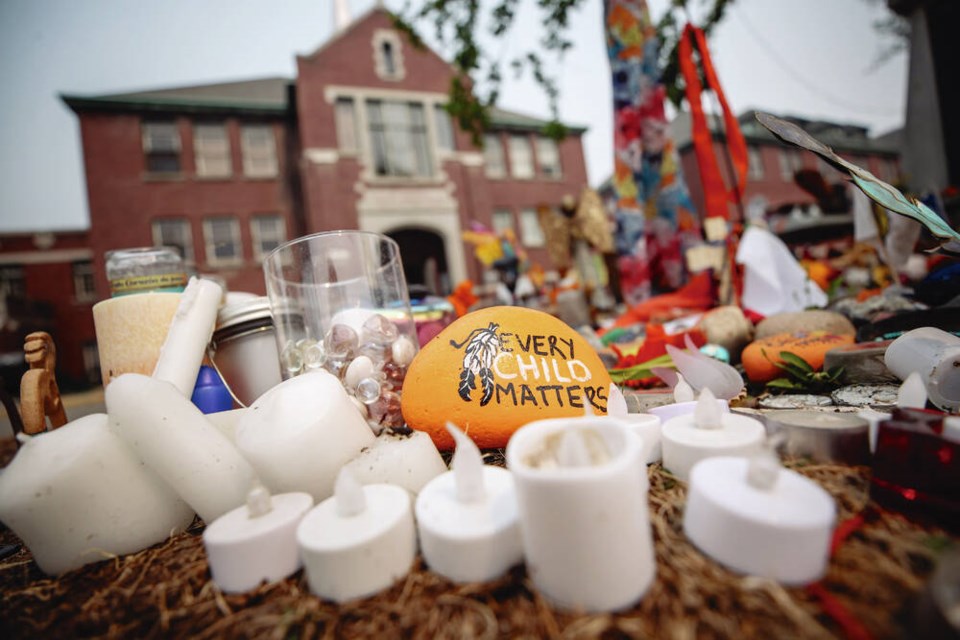CAUTION: This story contains details some readers might find distressing.
The Indian Residential Schools Resolution Health Support Program has a hotline to help residential school survivors and their relatives suffering with trauma invoked by the recall of past abuse. The number is 1-866-925-4419.
WILLIAMS LAKE — A First Nation in British Columbia says a preliminary geophysical investigation has identified 93 "reflections" that could indicate the number of children buried around the site of a former residential school.
Chief Willie Sellars of the Williams Lake First Nation said Tuesday that only excavation would confirm the presence of human remains and much more work is needed to make final determinations.
He said 14 of 470 hectares around the former St. Joseph's Mission Residential School have so far been examined as part of a process to discover what happened to children who did not return home.
The investigation near Williams Lake comes after the use of ground-penetrating radar led to the discovery last year of what are believed to be 215 unmarked graves at a former residential school in Kamloops, B.C.
Sellars said stories recounted by survivors suggest "many" children who attended the school remained unaccounted for.
"Their bodies were cast into the river, left at the bottom of lakes, tossed like garbage into the incinerators," he said. "It is for those children and families that we grieve the most."
Sellars said survivors from the Williams Lake First Nation and nearly a dozen nearby First Nations will get support to deal with what has been found, which will be traumatizing for many.
Whitney Spearing, who led the project, said the 93 reflections have been categorized as having either a high or low probability of being human remains based on their location, surroundings and depth.
"It is important to note that there is still much work to be completed within the Phase 1 area of the investigation, including additional (ground-penetrating radar) and magnetometry grids, detailed analysis of records related to internment and burial at the historic cemetery, and investigation into the implications of potential incineration of human remains at St. Joseph's Mission."
The St. Joseph's Mission Residential School was opened by the Roman Catholic Church in 1891 and operated until 1981.
On Vancouver Island, the Penelakut Band revealed last year that work with ground-penetrating radar, started in 2014, has discovered what are believed to be more than 160 unmarked and undocumented graves associated with the former Kuper Island residential school. Kuper Island, off Chemainus, was renamed Penelakut Island.
The ‘Namgis First Nation, based at Alert Bay on Cormorant Island on the east coast of Vancouver Island, and Ahousaht First Nation, based on Flores Island off the west coast, are working on similar projects.
— With files from the Times Colonist



